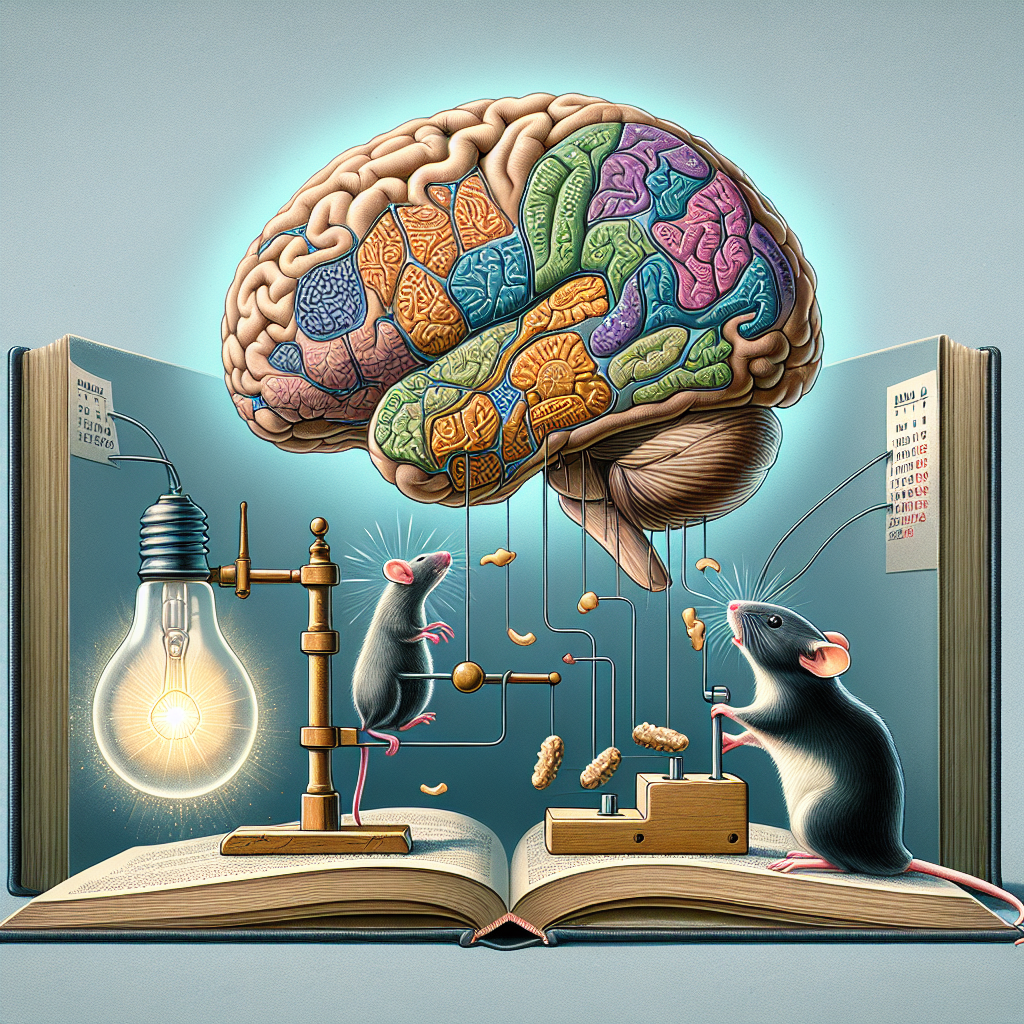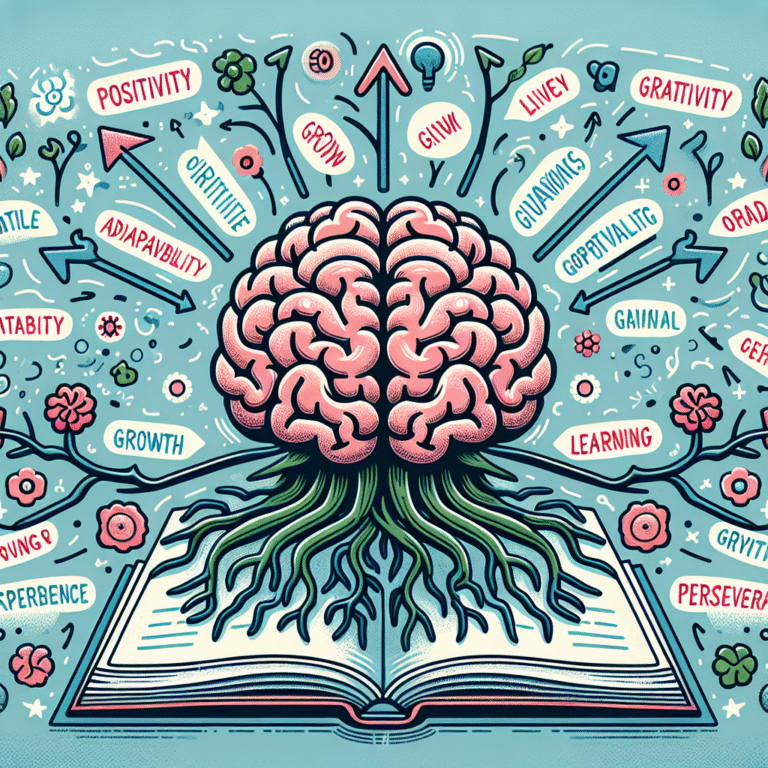
Introduction
Imagine waking up each morning and instinctively reaching for a glass of water instead of a sugary soda. This small change, often overlooked, can significantly impact your health and well-being. How did you make this shift? The answer lies in the fascinating world of conditioning, a fundamental concept in behaviorism that helps explain how we form and modify our habits. In this article, we’ll dive deeply into conditioning and its pivotal role in shaping habits, showcasing how understanding behaviorism can unlock new pathways for personal growth and development.
Understanding Conditioning: The Core Concepts
Conditioning is a psychological concept grounded in behaviorism, a theory developed in the early 20th century by John B. Watson and later advanced by B.F. Skinner. At its essence, conditioning involves learning through interactions with the environment and the subsequent reinforcement or punishment of behaviors. It primarily falls into two categories: classical conditioning and operant conditioning.
Classical Conditioning: The Power of Association
In classical conditioning, we learn to associate a neutral stimulus with an unconditioned stimulus, leading to an involuntary response. This concept was famously demonstrated in Ivan Pavlov’s experiments with dogs. Pavlov noticed that dogs began salivating when they heard the sound of a bell, which had been paired with the presentation of food.
Case Study: Pavlov’s Dogs
| Aspect | Description |
|---|---|
| Unconditioned Stimulus | Food, which naturally causes salivation |
| Neutral Stimulus | The bell, which initially does not elicit a response |
| Conditioned Response | Salivation in response to the bell alone after conditioning |
Pavlov’s research underscores how simple associations can fundamentally alter behavior—a principle that extends to human habits.
Operant Conditioning: Shaping Behavior Through Consequences
Operant conditioning, a concept pioneered by B.F. Skinner, focuses on how behaviors are influenced by their consequences. In this framework, behaviors followed by rewards are likely to be repeated, while those followed by punishments are less likely to occur.
Case Study: The Skinner Box
| Aspect | Description |
|---|---|
| Environment | A controlled box that delivers rewards or punishments based on behavior |
| Conditioned Behaviors | Pressing a lever to receive food or avoid a shock |
| Outcome | Reinforcement increases the likelihood of pressing the lever |
In practical applications, operant conditioning helps explain everything from training pets to modifying human behavior in personal and professional settings.
The Cycle of Habit Formation
Understanding how conditioning influences our habits is essential for personal growth. The habit loop consists of three elements: cue, routine, and reward.
- Cue: A signal that prompts a behavior.
- Routine: The behavior itself.
- Reward: The benefit derived from the behavior.
By utilizing conditioning principles, we can identify cues and rewards that influence our routines.
Applying Conditioning to Improve Habits
1. Identifying Triggers
Awareness of environmental cues that trigger habits is the first step in modifying behavior. For instance, if you notice that the sight of a couch triggers binge-watching TV shows, you can change your environment or create new cues.
2. Introducing Positive Reinforcement
Incorporating positive reinforcement can help establish desirable behaviors. For example, rewarding yourself with a small treat after a workout can reinforce your commitment to exercising regularly.
3. Gradual Replacement
Gradually replacing negative habits with positive ones is another effective strategy. This might involve substituting a daily soda with water, potentially leveraging classical conditioning to associate hydration with a pleasant feeling.
| Habit Formation Steps | Description |
|---|---|
| Awareness | Identify cues that trigger undesired habits |
| Reward System | Implement a reinforcement strategy for positive behaviors |
| Replacement | Gradually swap unwanted habits for healthier alternatives |
The Neuroscience Behind Conditioning and Habit Formation
Neuroscience has provided valuable insights into conditioning and habit formation. The brain’s reward systems, particularly the release of dopamine, play a crucial role in motivating behaviors. When we engage in a habit that produces a reward, dopamine reinforces that action, making us more likely to repeat it.
The Role of Dopamine
When we experience a reward, the brain releases dopamine, which signals pleasure. This chemical response not only reinforces behaviors but also contributes to habit formation. Understanding this mechanism can empower us to create healthier habits—by coupling desirable actions with strong rewards, we can leverage our brain’s chemistry to our advantage.
Visualization of Dopamine Release
| Step | Process |
|---|---|
| Action Initiated | Habitual behavior is initiated |
| Reward Received | Dopamine is released upon receiving the reward |
| Behavior Reinforced | The likelihood of repeating the behavior increases |
Real-World Applications of Conditioning
Conditions and behaviorism are not limited to psychological research; they have profound implications in various fields:
1. Education: Enhancing Learning Environments
Teachers can utilize conditioning techniques to foster a positive learning environment. For instance, positive feedback can reinforce desirable classroom behavior, leading to a more productive atmosphere.
2. Corporate Training: Shaping Employee Behavior
Companies implement behaviorist principles in employee training programs. Utilizing rewards for achieving specific milestones creates a motivated workforce that’s aligned with organizational goals.
3. Therapy and Behavioral Change
Cognitive-behavioral therapy (CBT) often employs conditioning principles to help individuals change maladaptive behaviors. For example, by associating social situations with positive outcomes, clients can overcome social anxieties.
Conclusion
In summary, conditioning explained through the lens of behaviorism offers profound insights into how our habits are formed, maintained, and changed. By leveraging classical and operant conditioning principles, we can deliberately shape our behaviors and cultivate healthier, more productive habits. Whether you seek to foster a new daily ritual or break an old habit, understanding the nuances of conditioning will empower you to take actionable steps toward personal growth.
The power of conditioning lies not just in understanding that habits can be formed and modified, but in embracing this knowledge to transform our daily lives. By becoming mindful practitioners of behaviorism, we can steer ourselves toward the destinies we desire.
FAQs
1. What is the difference between classical and operant conditioning?
Classical conditioning involves learning through associations between stimuli, while operant conditioning focuses on behaviors influenced by their consequences (rewards or punishments).
2. How long does it take to form a new habit?
Research suggests that it may take anywhere from 21 to 66 days to form a new habit, depending on the individual and the complexity of the habit.
3. Can conditioning change negative habits?
Yes, through consistent application of conditioning principles, negative habits can be altered by replacing them with positive alternatives, using cues and rewards effectively.
4. What role does environment play in conditioning?
The environment significantly influences cues and triggers associated with habits. Altering your surroundings can help reinforce positive behaviors.
5. Is behaviorism applicable to all areas of life?
While behaviorism has wide-ranging applications—from education to personal development—it may not account for cognitive processes that also influence behavior. Nonetheless, it serves as a powerful tool for understanding habit formation and modification.
By understanding how conditioning explained through behaviorism helps shape our habits, individuals can leverage these principles to foster significant personal change and enrich their lives in meaningful ways. Embrace the journey of transforming your habits and enjoy the rewards that come with it!















